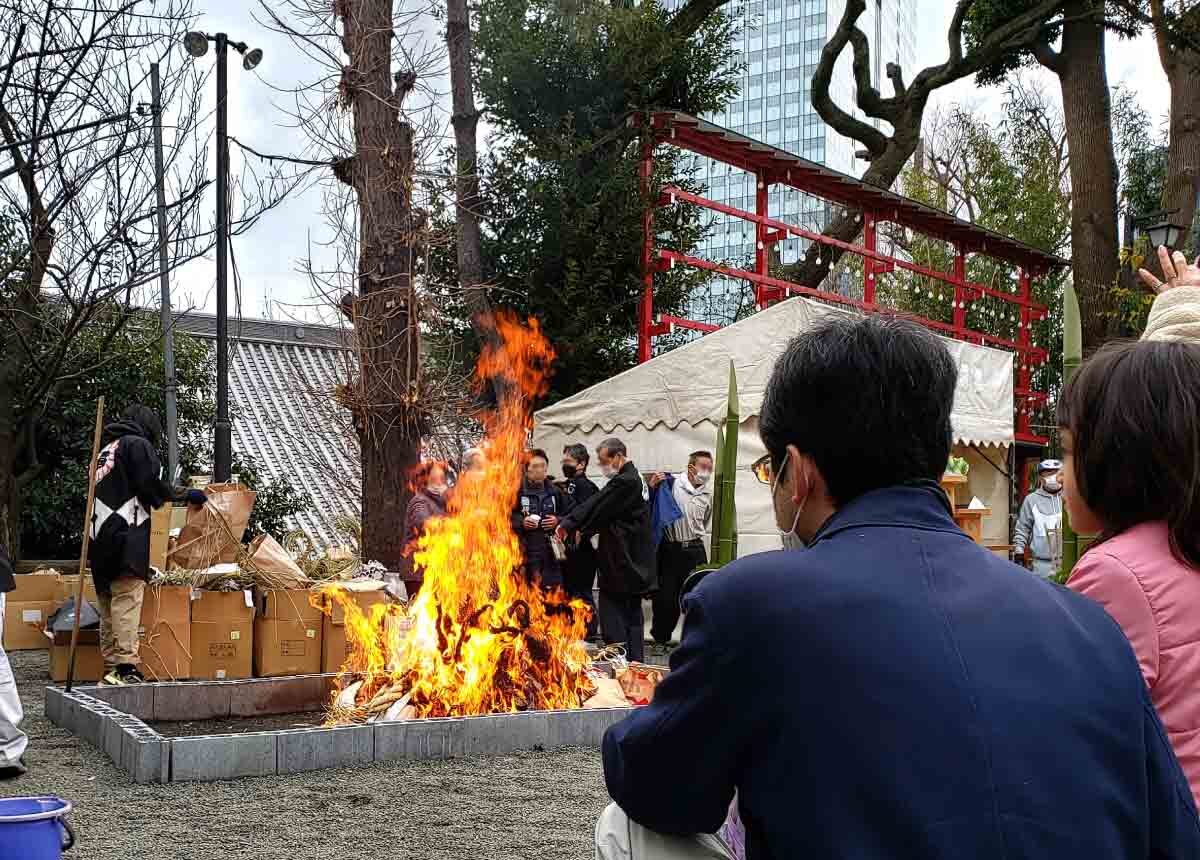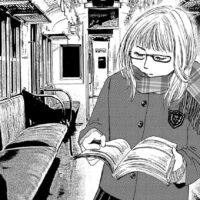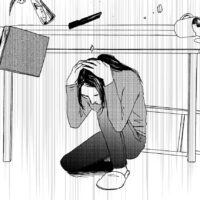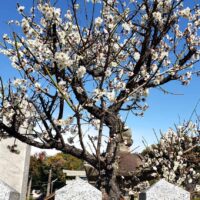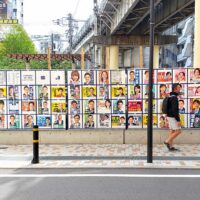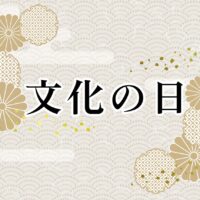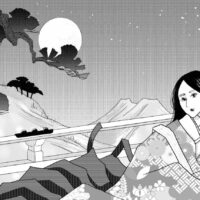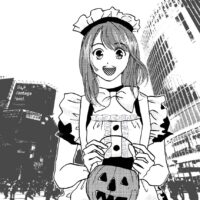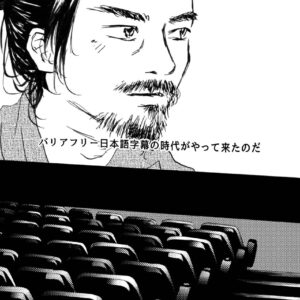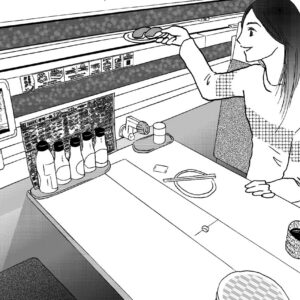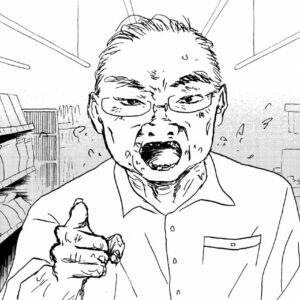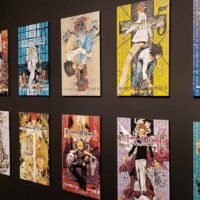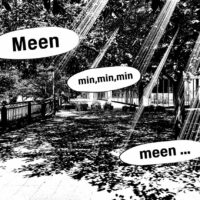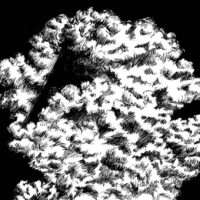Have you gotten out of the New Year’s mood yet? On January 15, there was an event that concludes the New Year period from the end of the year to today in Japan. It was a fire ritual called “Dondoyaki.”
Dondoyaki is an event in which New Year’s decorations and last year’s good luck charms that had been displayed at home until today are brought to a shrine to be burned. The smoke from burning the New Year’s decorations send off the deity of good fortune, who came to the house at year-end by the decorations as the sign. We burn lucky charms to pray for a good harvest, prosperous business, family safety, and good health.
Strictly speaking, only families who financially support the shrine through donations and charity are eligible to participate. They are called “Danka.” They formally participate in a prayer ceremony conducted by the Shinto priest. People, like me, who live in the neighborhood and are not normally associated with the shrine, can only watch the ritual from afar.
The New Year’s fire ritual is widely practiced not only in Japan but also in Asia and Europe. It may be common throughout the world to pray for health and happiness in the new year over a bonfire.
Related Posts
Last day of the year. What will you do today?
90% of Japanese do on New Year’s Day



